pulmonary surfactant in premature babies
The term respiratory distress syndrome RDS has come to represent the. Animal studies in genetically engineered mice is a lack of pulmonary surfactant due to developmental in which SP-B can be reduced indicated that a level of SP- immaturity of the lungs.

Breathing Problems And Premature Babies
This coating is often missing or deficient in the lungs of preemies resulting in a condition known as Respiratory Distress Syndrome RDS that was a leading cause of infant mortality prior to the invention of.
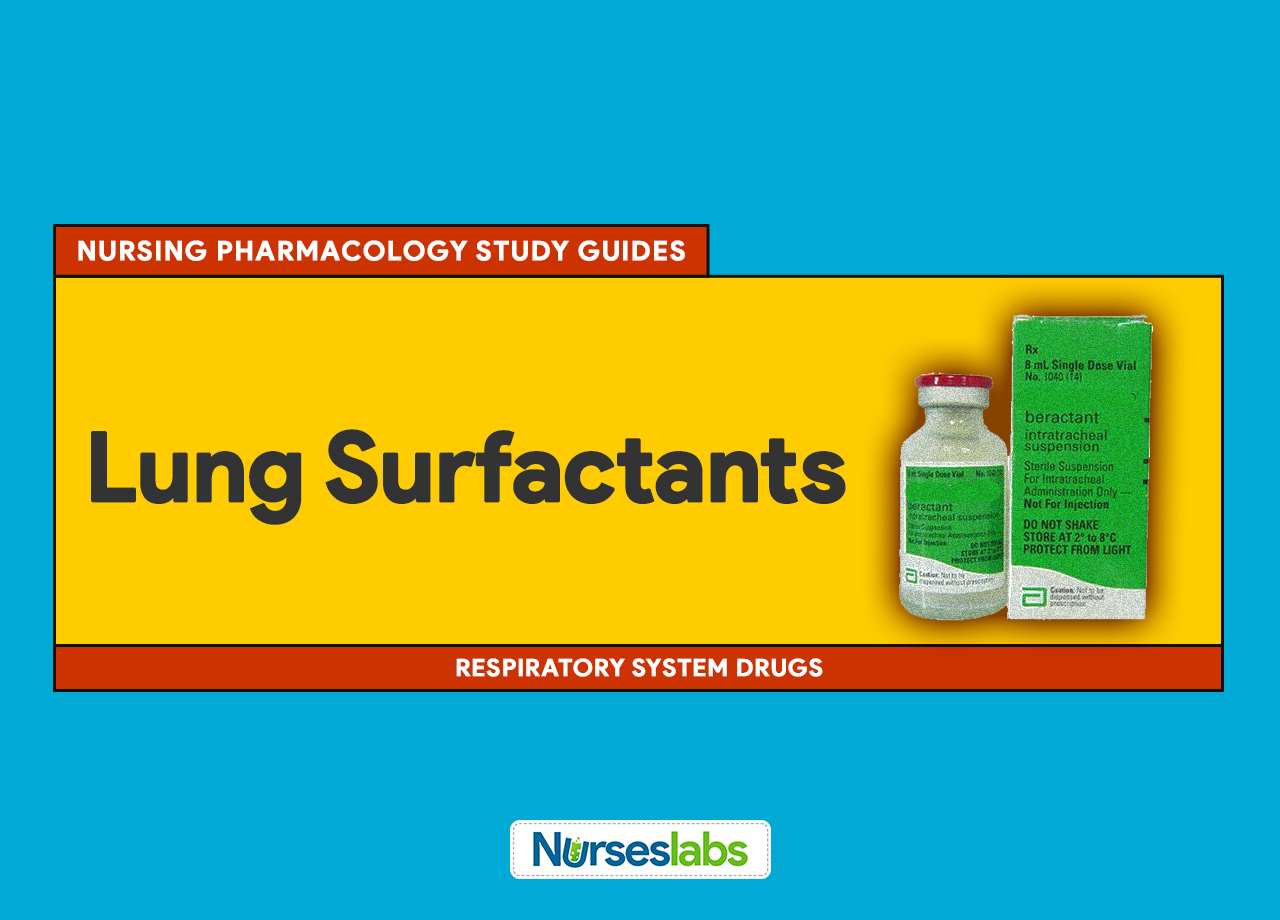
. Infants born prematurely have inadequate surfactant that is deficient in surfactant proteins however surfactant production increases during the. 34 dying acutely within 2 days of birth from Hyaline Membrane Disease HMD 20 dying several days after birth with HMD and its consequences 8 dying from causes other than HMD. The observation group and treatment with NCPAP alone the control group.
Surfactant deficiency in immature lungs triggers a cascade of alveolar instability and collapse capillary leak edema and hyaline membrane formation. 24 dying stillborn 15 dying soon after birth and 16 dying between 2 weeks and 1 year of age with. When there is not enough surfactant the tiny alveoli collapse with each breath.
Randomised or quasi-randomised controlled trials that evaluated the effect of surfactant in the treatment of PH in intubated term or preterm 37 weeks neonates with PH. This data suggests that CLD was associated with persistence of high numbers of polymorphonuclear leucocytes in BALF at the end of the first week. Pulmonary surfactant is a vital substance that coats the tiny air sacs of the lungs and is required for normal breathing.
Ad Learn About A Neonatal Surfactant How It May Help. Synthetic surfactants have been. Pulmonary surfactant is a substance that prevents the air sacs of the lungs from collapsing by reducing surface tension.
Surfactant treatment was associated with a higher total white cell count on day 3. 12 Two thirds of preterm infants born prior to 33 weeks gestational age develop RDS after birth and require surfactant therapy. Natural surfactant is produced by the fetus before they are born and their lungs are prepared to breathe properly by about 37 week gestation.
2 Surfactant administration traditionally involved endotracheal intubation and mechanical. We evaluated genetic surfactant dysfunction in premature newborn infants with severe. Infants were included up to 44 weeks postmenstrual age.
Ohlsson A Soll R. They have mainly used single doses varying from 25 mg to 200 mg. Some are from animal lungs or human amniotic fluid some are synthetic.
Cochrane Database of. Premature infants have decreased lung content of all surfactant components including surfactant-specific proteins SP. There is a build up.
The contributions of John A. A total of 216 premature infants in our hospital were selected. According to the guardians choice premature infants were grouped into treatment with pulmonary surfactant PS combined with nasal continuous positive airway pressure NCPAP.
They have used six surfactant preparations. Clements to the field of pulmonary biology stand alone. The diagnosis can be confirmed by biochemical evidence of surfactant deficiency or pathologically.
Lung surfactant was obtained by postmortem lavage from. In unexpected circumstances where labor starts early or a pre-term emergency caesarean is performed lung surfactant is given intratracheally to the premature infant to prevent respiratory distress syndrome. Neonatal respiratory distress syndrome RDS due to surfactant deficiency is associated with high morbidity and mortality in preterm infants.
The interventions studied were intratracheal instillation of surfactant natural or synthetic regardless of dose. Minimal surface tensions are also higher for surfactant from preterm than term infants. Pulmonary surfactant is a complex mixture of phospholipids and proteins that creates a cohesive surface layer over the alveoli which reduces surface tension and maintains alveolar stability therefore preventing atelectasis.
An unborn baby starts to make surfactant at about 26 weeks of pregnancy. His discovery of lung surfactant and subsequent work that created an artificial version of this vital substance have. Pulmonary surfactant is a substance that prevents the air sacs of the lungs from collapsing by reducing surface tension.
If a baby is premature born before 37 weeks of pregnancy they may not have made enough surfactant yet. Infants with inherited deficiency of pulmonary surfactant protein SP B develop respiratory failure at birth and die without lung transplantation. Surfactant replacement was established as an effective and safe therapy for immaturity-related surfactant deficiency by the early 1990s.
For defining the role of pulmonary surfactant and developing a life-saving artificial surfactant used in premature infants around the world. It is formed by type II pneumocytes from about 20 weeks of gestation. Although premature infants are known to be deficient in pulmonary surfactant there is limited information regarding surfactant protein SP composition.
Surfactant for meconium aspiration syndrome in term and late preterm infants. Pulmonary Surfactant Metabolism in Infants Lacking Surfactant Protein B. Between days 3 and 7 macrophage numbers were higher in surfactant treated babies whatever the pulmonary outcome.
However genetic mechanisms may B production of 2030 of control. To assess the postnatal profile of SPs tracheal aspirate samples were collected from 35 intubated infants of 2331 weeks of gestation between 8 and 80 days of age. For defining the role of pulmonary surfactant and developing a life-saving artificial surfactant used in premature infants around the world.
Pulmonary disease is the most important cause of morbidity in preterm neonates whose lungs are often physiologically and morphologically immature. 1 Systematic reviews of randomized controlled trials confirmed that surfactant administration in preterm infants with established respiratory distress syndrome RDS reduces mortality decreases the incidence of pulmonary. They have been given either at birth as a prophylaxis for neonatal respiratory distress syndrome or as rescue treatment for babies in respiratory failure.
Surfactant in Preterm Infants Introduction Pulmonary surfactant is a complex mixture of phospholipids and proteins that serves to reduce alveolar surface tension. As the alveoli collapse damaged cells collect in the airways. Sometimes it is absent in immature lungs and respiratory distress syndrome RDS can develop.
There is a strong association between significant left to right ductal shunting and pulmonary hemorrhage in preterm babies 45 56. Synthetic surfactant is effective in reducing respiratory distress syndrome in preterm babies.
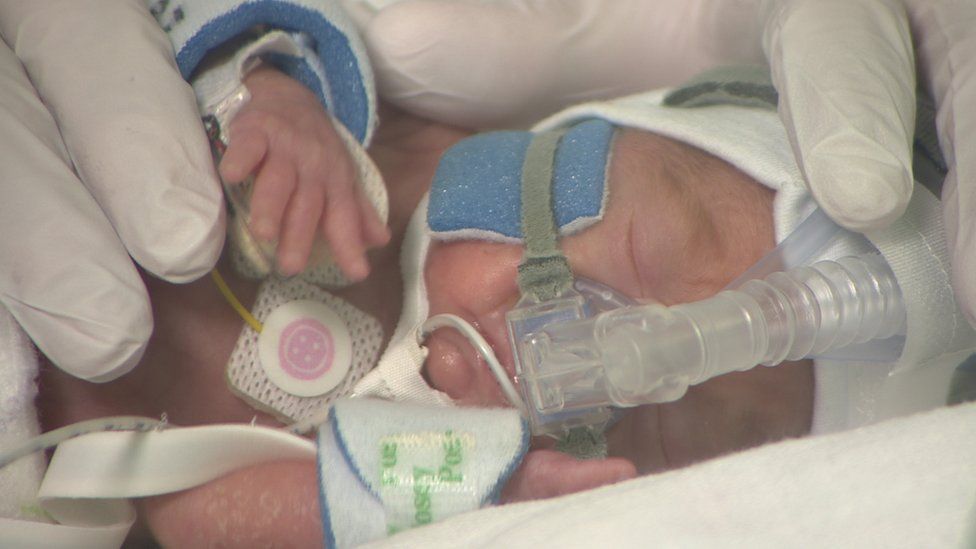
Breakthrough Lung Treatment Saving Premature Babies Bbc News

Respiratory Distress Syndrome In Preterm Neonates In The Era Of Precision Medicine A Modern Critical Care Based Approach Pediatrics Neonatology

Nicu Procedures Surfactant Administration In A Preterm Infant Youtube
Biophysical Study Of Lung Surfactant Laboratory Of Biocolloids And Biointerfaces

Respiratory Distress Syndrome Rds In Newborns Diagnosis Treatment

Lung Surfactants Nursing Pharmacology Study Guide Nurseslabs
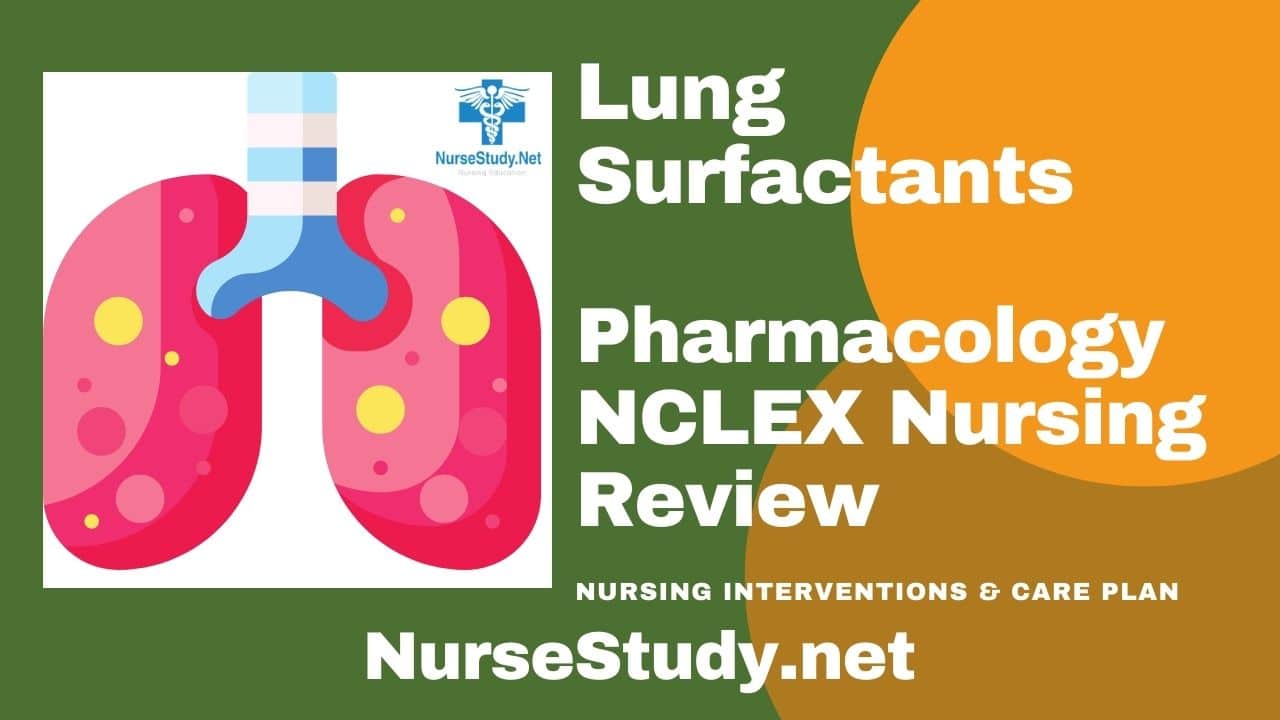
Lung Surfactants Nursing Considerations Nursestudy Net

Postnatal Steroids In Premature Babies Where Are We Now Paediatricfoam

Treatment Of Breathing Problems In Premature Babies

Figure 1 From Radiological Assessment Of Post Surfactant Changes In Respiratory Distress Syndrome Semantic Scholar
Biophysical Study Of Lung Surfactant Laboratory Of Biocolloids And Biointerfaces
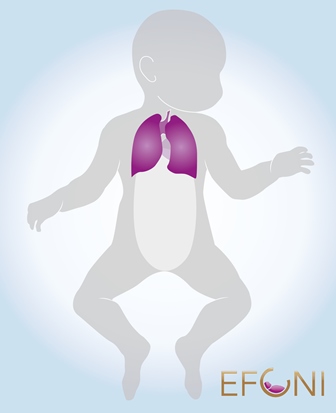
Surfactant Replacement Therapy A Milestone In Neonatology Efcni

Lung Surfactants And Antenatal Corticosteroids Nursing Pharmacology Osmosis
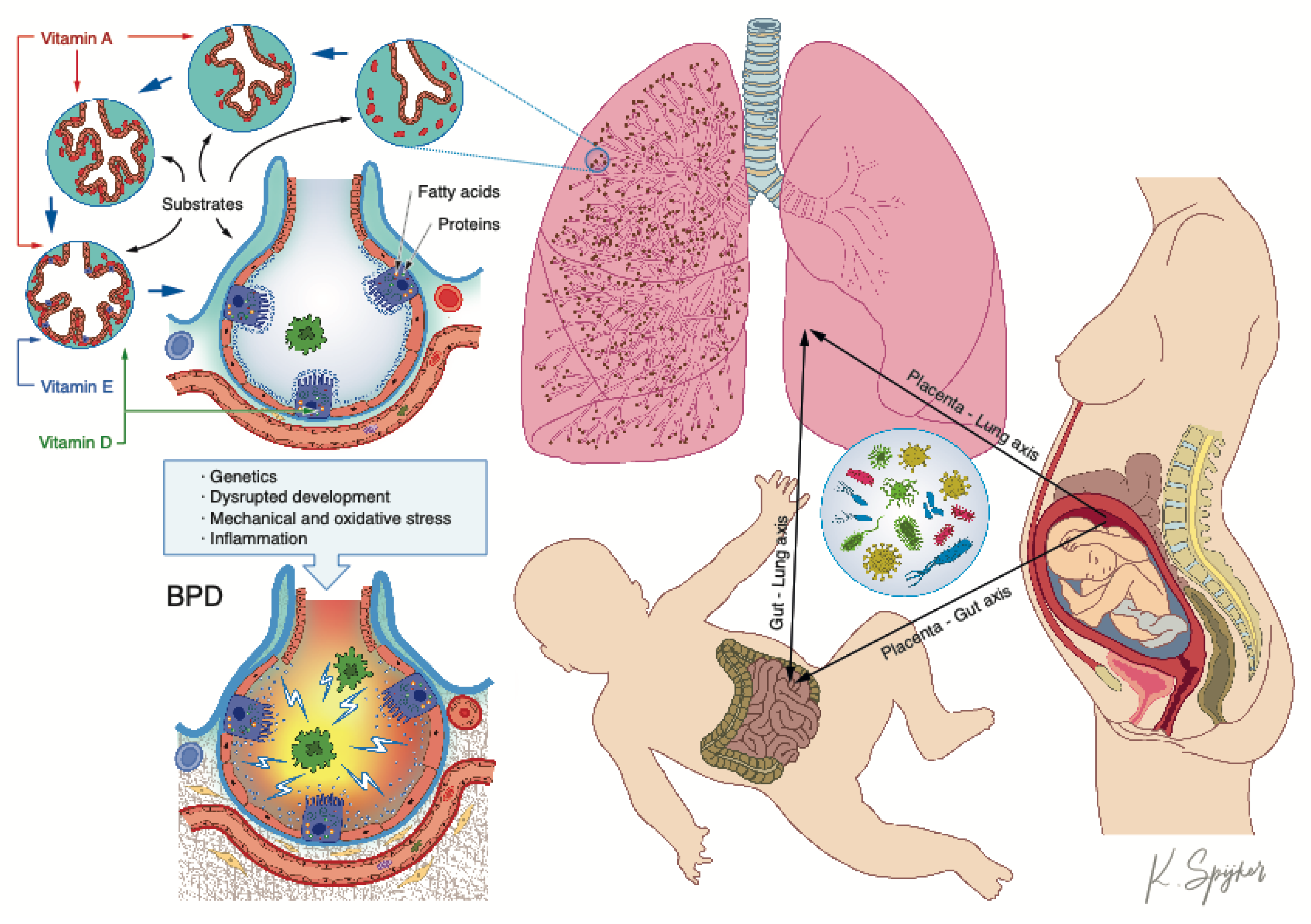
Nutrients Free Full Text Nutrients And Microbiota In Lung Diseases Of Prematurity The Placenta Gut Lung Triangle Html

Surfactant Replacement In Neonates By Brian Walsh For Openpediatrics Youtube

Neonatal Respiratory Distress Syndrome Treatment Market Global Industry Analysis And Growth By 2020 Size Share Trends Opportunities Top 5 Key Players And Regional Forecast Up To 2027 Medgadget
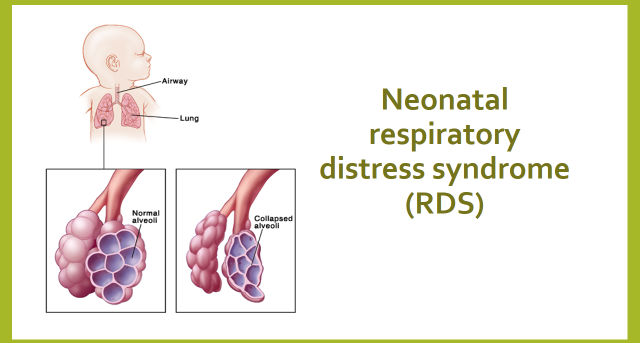
Respiratory Distress In Infants And Adults Brave Beginnings
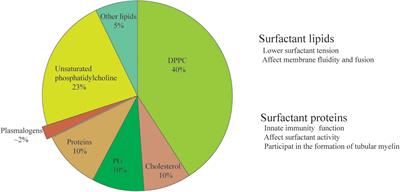
Frontiers The Potential Role Of Bioactive Plasmalogens In Lung Surfactant Cell And Developmental Biology